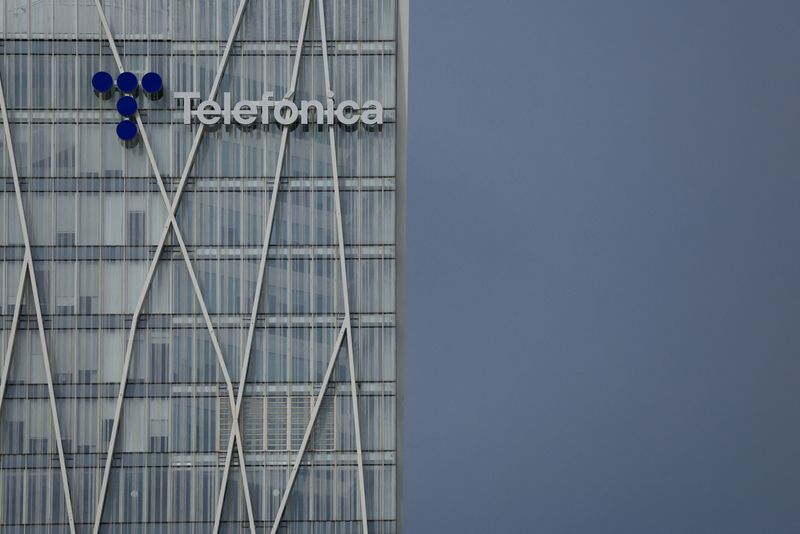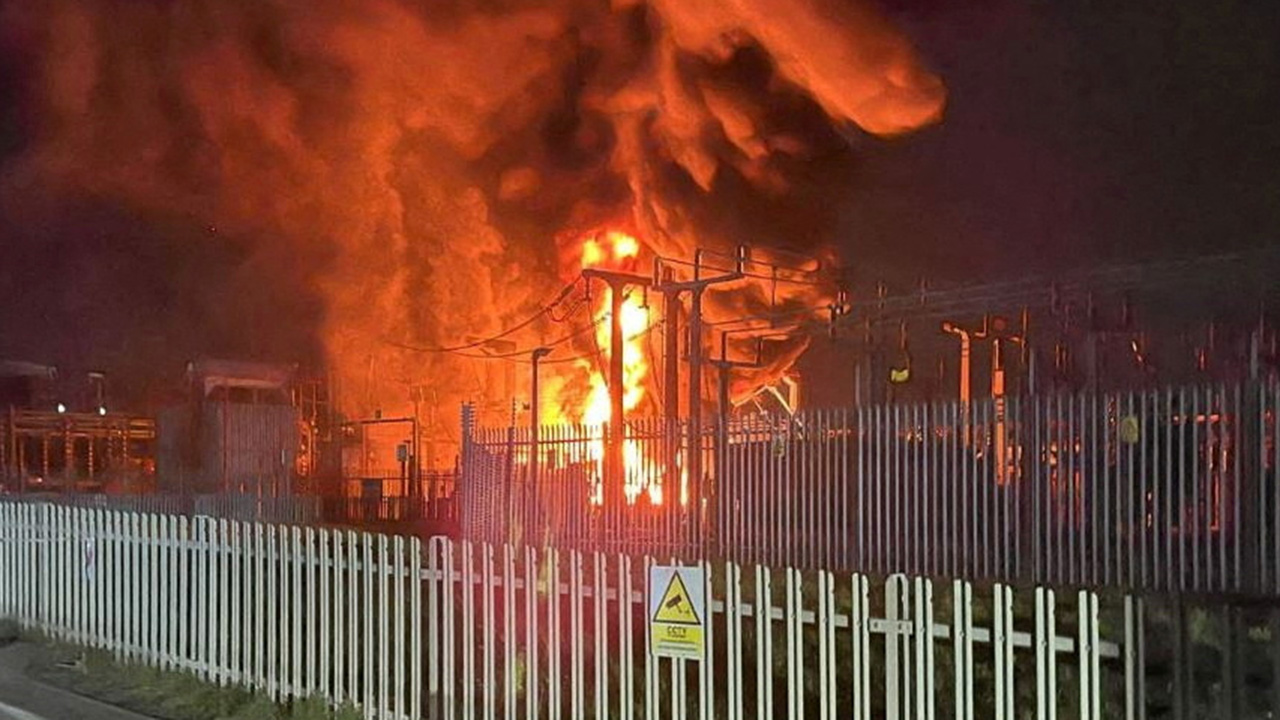Tariffs Shake Investor Confidence and Spark Market Turmoil


U.S. markets recorded their worst weekly losses in over five years as investors reacted sharply to the Trump administration’s announcement of broad and unexpectedly steep tariffs. Fears over a global trade war, rising inflation, and a potential recession drove a selloff across major indexes. The S&P 500 dropped 13.7%, while the Dow Jones Industrial Average lost nearly 10%. Small-cap stocks fared even worse, with the Russell 2000 down more than 18%, placing it over 30% below its all-time high.
Investor anxiety grew as countries, including China, signaled plans to retaliate, intensifying concerns over strained global trade. The potential economic fallout prompted markets to revise expectations for the Federal Reserve’s next moves—many now anticipate that the Fed could cut interest rates multiple times in 2025 to cushion the economy.
Federal Reserve Chair Jerome Powell acknowledged the risks, noting that the tariffs could drive both inflation and slower growth. While emphasizing that the economy remains fundamentally sound, Powell indicated the Fed would wait for clearer economic data before adjusting monetary policy.
In the manufacturing sector, activity slipped back into contraction territory, according to the latest ISM data. The ISM Manufacturing PMI fell below 50, signaling a decline, and the prices index surged due to tariff-related cost pressures. On the services side, expansion continued but slowed, as the Services PMI dipped to 50.8, reflecting growing caution among businesses. Respondents to the ISM survey cited rising input costs linked to tariffs as a major concern.
Despite this, labor market data offered a bright spot. March saw a surge in job creation, with 228,000 new positions added—well above expectations. However, the unemployment rate ticked up slightly to 4.2%. Treasury yields dropped sharply on the week, with the 10-year yield falling below 4% as investors fled to safer assets amid mounting uncertainty.
Europe: Markets Tumble as Tariff Fallout Reverberates Across the Continent
European stock markets mirrored the U.S. downturn, with the pan-European STOXX Europe 600 Index suffering its largest weekly drop in five years, down 8.4%. Key national indexes fell sharply as well—Italy’s FTSE MIB dropped over 10%, while Germany’s DAX and France’s CAC 40 each lost more than 8%. The UK’s FTSE 100 declined nearly 7%.
This widespread sell-off was driven largely by concerns over how U.S. tariffs would disrupt global trade and growth, with European exporters particularly exposed. In response to the heightened uncertainty, European Central Bank (ECB) policymakers signaled a readiness to pause further interest rate cuts. According to a Bloomberg report, while some ECB members remain cautious, hawks are unlikely to face strong resistance in pushing for a hold on rates.
ECB President Christine Lagarde highlighted the complex inflation landscape in a recent interview, stressing that U.S. trade policy would negatively impact both global and U.S. economies. She maintained that the path to the ECB’s 2% inflation target remains incomplete. Similar caution was echoed by central bankers in Italy and Greece, though views differed on the extent of the tariffs’ impact.
Meanwhile, eurozone inflation edged down slightly in March to 2.2%, reinforcing expectations of a potential rate cut in April. Labor market data also showed strength, with unemployment falling to a record low of 6.1%.
In the UK, the housing market lost momentum ahead of an upcoming transaction tax hike. March saw flat house price growth, and mortgage approvals dipped to their lowest since August, signaling growing caution among buyers.
Asia: Tariff Fallout Hits Japan and China as Trade Tensions Escalate
Asian markets were not spared from the global sell-off. Japan’s Nikkei 225 Index plunged 9% for the week, while the broader TOPIX dropped 10%. Investors reacted to newly imposed U.S. tariffs, including a 24% levy specifically targeting Japanese goods. Japan’s export-heavy economy faces mounting pressure, particularly as the yen strengthened due to global risk aversion, posing further challenges for its exporters.
Japanese banks and automakers led the declines, the latter still grappling with earlier U.S. auto tariffs. Government bond yields fell sharply, and speculation mounted that the Bank of Japan could delay future rate hikes. Governor Kazuo Ueda acknowledged that the tariffs are creating significant uncertainty and could weigh on both domestic and global growth. He signaled that while the BoJ still aims to raise rates, it would closely monitor how tariffs affect inflation and economic momentum.
In China, markets dropped during a shortened trading week, with the CSI 300 down 1.37% and Hong Kong’s Hang Seng falling 2.46%. After the U.S. raised tariffs on Chinese imports by 34%, Beijing responded quickly with an equal increase, along with a range of new trade restrictions. These included export limits on rare earth elements, import bans on select U.S. agricultural goods, and sanctions on U.S. defense firms.
China’s aggressive response marked a departure from past practices and heightened concerns over an entrenched trade conflict. Analysts estimate the new tariffs could cut China’s GDP growth by 1–2% annually. However, the government is expected to roll out additional stimulus measures to soften the blow and manage the economic impact over the coming months.
As trade tensions escalate and global markets respond with heightened volatility, investors and businesses alike will need to stay alert to shifting policy landscapes and central bank responses in the weeks ahead. Proactive risk management and close attention to economic signals will be key in navigating the uncertainty ahead.
The post Tariffs Shake Investor Confidence and Spark Market Turmoil appeared first on European Business & Finance Magazine.














































